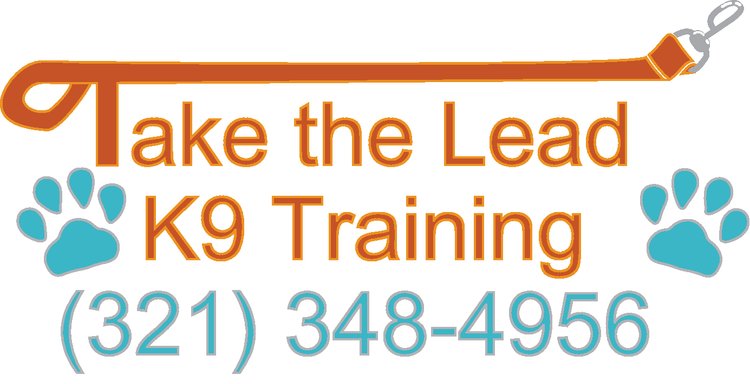Just a friendly reminder to continue using your dog's crate every day, and to make sure you actually leave the house without them sometimes - even if you work or school from home!
There have been many families who have had someone home non-stop since the holidays or even before that (thanks to the pandemic )... meaning many of our dogs and puppies have never truly been alone for quite a while!
I hope that you've had your dog practicing some downtime in the crate during the day, so as not to lose their previous kennel up routine! Remember, our dogs used to spend a lot of the day in a quiet house while many owners were away working, schooling, or shopping.
Now, even if you've been good about having your dog inside their crate at times while you've been home, there is still an extremely important thing you still need to practice - leaving the house without them!
We can't underestimate how perceptive our dogs are! We may be giving ourselves a false sense of security that our dog won't have separation anxiety when we actually leave home, just because they've been settling well inside their crate while we are home. You see, dogs have a great nose and a keen ear for sounds - they know pretty easily if they are being left behind or not...and how will your dog handle that after months of having you so close?
To help your dog prepare for when the whole family walks out of the house and closes the door behind them, make sure to do a few things before you grab your keys and go:
1. Be sure your dog has eaten, gone potty, and had their minimum exercise needs met.
2. Put them into their crate calmly, 20-30 minutes prior to your departure so they can start to unwind and settle.
3. Quietly and unemotionally leave the house. Don't make a big deal about saying goodbye or disturbing them inside their crate to announce you're leaving - that will only work them up and disturb he wind down they'd been doing. If you make a big deal about your exit, your dog is going to strain to watch and hear you and what's going on, which can feed into separation anxiety. When you return home, do the same - ignore your dog when you arrive and give them 20-30 minutes to settle before you let them out.
4. Be aware of subtle cues your dog may notice that you are leaving: grabbing your purse, jingling your keys, putting on your thick coat, tying your exercise shoes, the kids all lining up at the door excited, the garage door opening or closing. If your dog has been taking lots of car rides and walks with you, they are becoming very knowledgeable of the signs leading up to that routine. Those kinds of things may cause excitement/stress in your dog if they can see or hear that going on from inside their kennel. Help dull the association of that stuff by randomly doing those things during the day and not going anywhere.
5. Consider having your dog's crate somewhere that they can't see you gather your things and leave. Nothing is more stressful to a dog than watching that door close behind you and not going with you, especially if that's what they've been doing lately.
6. Play soft music or have an air purifier or white noise machine running near their kennel to muffle some of the house sounds. This way they won't notice as much that the house is eerily quiet or that you opened the garage and they "know what that means."
7. Give them a nice chew bone or toy to fiddle with inside their kennel, when you tuck them in prior to leaving.
8. Start with easy exits first - getting the mail, taking the garbage can to the road, watching the kids play in the yard, gardening outside. Stay nearby so you can spy or hear how your dog is handling being alone in the house. If they are barking or crying, remember, you shouldn't ever let them out until they are calm. Soothing or negative attention from you during this can reinforce that getting worked up means they can get you back inside - and will try harder next time.
9. Remember having everyone home with them non-stop has been as much of a change of routine for your dog, as it has been for you. Be patient as they work through some anxiety about yet another change.
10. Be proactive to help your dog not develop separation anxiety by setting boundaries during the day when you are home! That means some crate rest during normal "office hours," not always laying at your feet or touching you by using place command, and discouraging constant "shadow like" behavior. Help them be somewhat independent so they won't fall apart when their human needs to leave the house very soon.
One of the best things you can do for your puppy or adult dog is to help them be comfortable being crated and left alone sometimes :)








